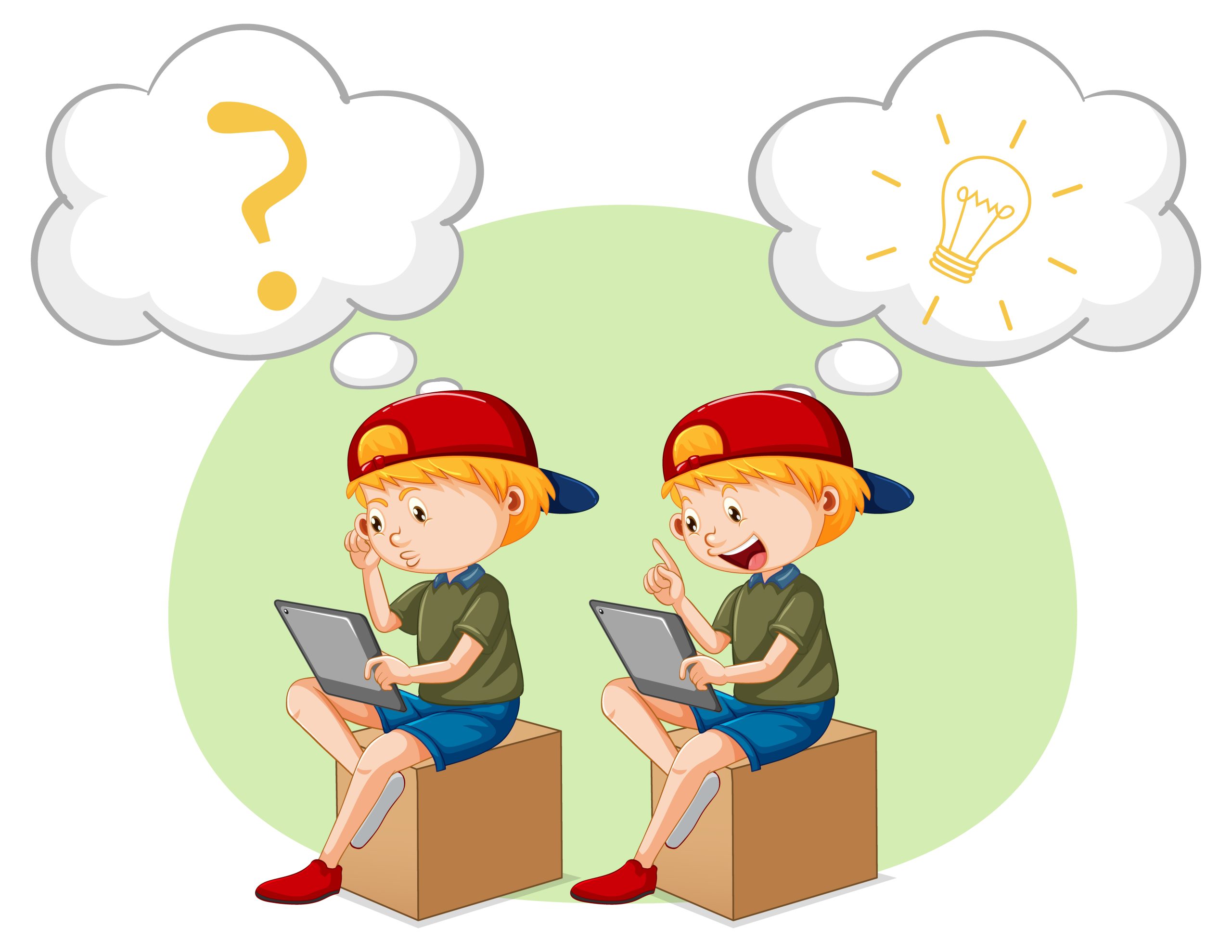Are you ready to challenge your kids’ minds with some exciting riddles? ‘Riddles for Kids: What Am I With Answers’ is here to provide you with a collection of brain-teasing riddles that will keep your little ones entertained for hours. Did you know that solving riddles can enhance problem-solving abilities and expand vocabulary? In this article, you will find a wide variety of riddles covering topics like letters, reflections, and traffic lights. Each riddle presents a clue, and it’s up to your child to guess what the answer might be. From animals to everyday objects, these riddles have something for children of all ages. So, get ready to have some fun and stimulate your kids’ imagination with these intriguing ‘What Am I’ riddles.
Riddles Involving the Letter N
If you’re looking for riddles that involve the letter N, you’ve come to the right place! Riddles play a significant role in children’s cognitive development. They not only entertain but also enhance language skills through wordplay. Riddles promote critical thinking and problem-solving abilities in children as they work to decipher the clues and find the answer. They encourage kids to think outside the box and come up with creative solutions.
Using riddles as a fun and interactive learning tool for young learners is a great way to engage them in the learning process. Riddles can be incorporated into various subjects, such as math, science, and language arts, to make learning more enjoyable and effective. They stimulate children’s curiosity and challenge them to think critically.
Riddles also have a strong connection to creativity in children’s minds. They encourage imaginative thinking and help children develop their own unique perspectives. By solving riddles, children learn to think creatively, make connections between different ideas, and come up with innovative solutions.
Riddles Involving Citrus Trees
Continuing the discussion from riddles involving the letter N, let’s now explore riddles involving citrus trees. Playing riddles involving citrus trees can have several benefits for early childhood development. They encourage critical thinking, stimulate creativity, and enhance reasoning skills. By solving riddles about citrus trees, children can also learn about the environment and sustainability. Citrus trees symbolize vitality, abundance, and freshness in literature and culture. Through riddles, children can explore the rich history and cultural significance of citrus trees in different regions. They can learn about the various types of citrus fruits, their origins, and how they have been used in traditional practices and cuisines. Additionally, creating your own riddles involving citrus trees can be a fun activity to challenge friends and family. It allows children to think creatively, expand their vocabulary, and develop their own riddles using the themes and characteristics of citrus trees. So, let’s dive into the world of citrus trees and discover the joy of riddles!
Riddles Involving Reflections
Let’s now explore riddles involving reflections and delve into the intriguing world of mirrors and self-perception. Mirrors have always held a special place in literature and art, symbolizing deeper meanings and truths about ourselves and the world around us. They serve as a metaphor for self-reflection and personal growth, allowing us to see ourselves from different perspectives.
- Exploring the symbolism of reflections in literature and art: Reflective surfaces, like mirrors, have been used in various forms of artistic expression to convey profound messages and themes. They can represent introspection, identity, and the search for truth.
- The psychological impact of reflections on self-perception: Mirrors play a significant role in shaping our self-perception. They allow us to see ourselves as others see us, influencing our body image, confidence, and overall self-esteem.
- Using mirrors as a metaphor for self-reflection and personal growth: Reflecting on our actions, thoughts, and emotions can lead to personal growth and self-improvement. Mirrors provide a tangible representation of this introspective process.
- The role of reflections in optical illusions and visual perception: Reflections can create optical illusions, challenging our perception of reality. They can distort shapes and sizes, making us question what we see.
Reflections are not only fascinating in real life but also serve as a powerful storytelling device in films and literature. They can be used to reveal hidden truths, create suspense, or represent duality in characters. So, next time you look in the mirror, remember the deeper meaning behind your reflection.
Riddles Involving Water
Dive into the world of riddles involving water and test your wit with these clever challenges. Water is a precious resource, and it’s important to conserve it. You can teach kids about the importance of water conservation through fun water activities. Encourage them to explore different forms of water, from ice to steam. But have you ever wondered how water evaporates? It’s a fascinating process where water molecules gain enough energy to escape into the air as vapor. Unfortunately, water pollution can have a negative impact on the environment. It’s essential to teach children about the importance of keeping our water clean and free from pollutants. So, as you tackle these riddles, remember to appreciate the beauty of water and do your part in conserving it.
Riddles Involving Colors and Emotions
To explore riddles involving colors and emotions, let’s delve into the fascinating world of associations and creative thinking. Colors have a psychological impact on our emotions, and when combined with wordplay, they can create intriguing riddles for kids. Here are four ways in which riddles about colors and emotions can enhance children’s emotional intelligence:
- The psychological impact of colors in riddles: Riddles that incorporate colors challenge children to understand the connection between different emotions and colors. For example, a riddle about a sad zebra, which is black and white with blue, prompts children to think about the association of blue with sadness.
- Exploring the connection between emotions and wordplay: Riddles about colors provide an opportunity for children to expand their vocabulary and understanding of emotions. By deciphering the clues and finding the answer, they are engaging in a form of creative thinking that combines emotions and wordplay.
- Using riddles to teach children about different emotions: Riddles can be a fun and interactive way to introduce children to a variety of emotions. By solving riddles about colors, children can learn about emotions like happiness, sadness, anger, and excitement, and they can develop a deeper understanding of how different colors can evoke different feelings.
- Analyzing the role of emotions in solving riddles: Solving riddles about colors requires children to tap into their emotional intelligence. They must consider the emotional connotations of different colors and use this knowledge to decipher the riddle. This process helps children develop their ability to recognize and understand emotions in themselves and others.
Riddles Involving Ping-Pong Balls
As we continue exploring riddles involving colors and emotions, let’s turn our attention to another engaging subtopic – riddles involving ping-pong balls. Ping-pong balls are small, white, and round, making them perfect for various games and activities. They have an interesting history, originally made from celluloid and later replaced with plastic. Did you know that ping-pong balls were first used in table tennis tournaments in the 1900s?
Ping-pong balls aren’t just for sports; they can also be used in creative crafts and DIY projects. You can transform them into colorful decorations, such as mini hot air balloons or festive party lights. Additionally, ping-pong balls can be repurposed for unique uses outside of sports. For example, you can use them as plant markers in your garden or as sensory toys for young children.
Tricks and challenges involving ping-pong balls are always a hit. From bouncing the ball on a paddle as many times as possible to trying to catch the ball in a cup, these activities help improve hand-eye coordination and concentration.
Riddles Involving Bowling Balls
When thinking about riddles involving bowling balls, you may wonder what unique challenges and clues they can bring to the table. Well, let’s dive in and explore the world of bowling balls through the lens of riddles! Here are some key aspects to consider:
- Different types of bowling balls and their characteristics: From plastic to reactive resin, bowling balls come in various materials and have different surface textures. These factors affect how the ball interacts with the lane and pins.
- Strategies for improving bowling ball control and accuracy: Riddles involving bowling balls can prompt you to think about techniques such as adjusting your grip, finding the right release point, and targeting specific areas on the lane to improve your control and accuracy.
- The history and evolution of bowling ball design: Bowling ball riddles can also shed light on the evolution of bowling ball design. From the early days of wooden balls to the modern high-performance balls with intricate core designs, this history adds an interesting twist to the riddles.
- Common bowling ball maintenance and care tips: Riddles involving bowling balls may touch upon the importance of proper maintenance, such as cleaning the ball regularly, resurfacing it when necessary, and storing it in a cool, dry place to prolong its lifespan.
- How to choose the right bowling ball for your playing style: Riddles can also challenge you to think about the factors to consider when selecting a bowling ball, such as weight, coverstock, and core design, based on your playing style and lane conditions.
Riddles Involving Secrets
Discover the mystery and intrigue of riddles involving secrets. These riddles tap into the power of keeping secrets and the thrill of unraveling mysteries. They challenge your ability to decipher clues and think critically. As you try to solve these riddles, you’ll also explore the art of solving puzzles and the psychology behind secrets.
Secrets hold a special kind of power. They can create a sense of anticipation and excitement, especially when they are revealed. Solving riddles involving secrets gives you a taste of that excitement as you slowly unravel the hidden answer. It’s like peeling back layers of a mystery to reveal the truth.
But secrets also come with a responsibility. They require trust in relationships. When someone shares a secret with you, it’s a sign of trust. You become the keeper of that secret, and it’s up to you to honor that trust. Riddles involving secrets remind us of the importance of trust and the value of maintaining confidentiality.
Riddles Involving Traffic Lights
You can challenge your problem-solving skills and test your knowledge of traffic safety with riddles involving traffic lights. Here are four key points to consider when exploring this topic:
- The importance of teaching traffic safety to children: Traffic safety is crucial for children to learn, as it helps them navigate the roads safely and become responsible pedestrians. Riddles involving traffic lights can serve as a fun and engaging way to reinforce these important lessons.
- Exploring the symbolism of traffic lights in society: Traffic lights are more than just signals on the road; they symbolize order, control, and the need for cooperation among drivers and pedestrians. Riddles involving traffic lights can help children understand the significance of these symbols in society.
- How traffic lights contribute to the flow of traffic: Traffic lights play a vital role in ensuring smooth traffic flow and reducing accidents. Riddles involving traffic lights can encourage children to think about how these signals regulate the movement of vehicles and pedestrians, promoting safety on the roads.
- Fun activities to teach kids about traffic lights: Engaging children in interactive activities can make learning about traffic lights enjoyable. You can organize games like “Red Light, Green Light” or create craft projects where children can make their own traffic lights. These activities not only teach about traffic safety but also enhance fine motor skills and creativity.
Riddles Involving Ice Cream Bars
Get ready to test your riddle-solving skills with some ice cream bar riddles! Ice cream bars are a delicious treat that come in various flavors. From classics like chocolate and vanilla to more unique options like salted caramel or cookies and cream, there’s a flavor for everyone’s taste buds. When it comes to toppings, the possibilities are endless. You can add sprinkles, chocolate sauce, nuts, or even fruit to make your ice cream bar even more delightful. However, if you’re looking for a healthier alternative, you can try making your own frozen fruit bars by blending fresh fruit and freezing them in popsicle molds. Not only are they refreshing, but they’re also a great way to sneak in some extra nutrients. Now, let’s dive into the history of ice cream bars. They were first introduced in the 1920s and quickly became a popular treat. Finally, if you’re feeling crafty, you can try making ice cream bar crafts using actual ice cream bars as the main material. You can create ice cream bar sculptures, jewelry, or even use them to decorate greeting cards. So, whether you’re enjoying a classic ice cream bar or getting creative with ice cream bar crafts, there’s no denying the joy that comes from this sweet treat.



